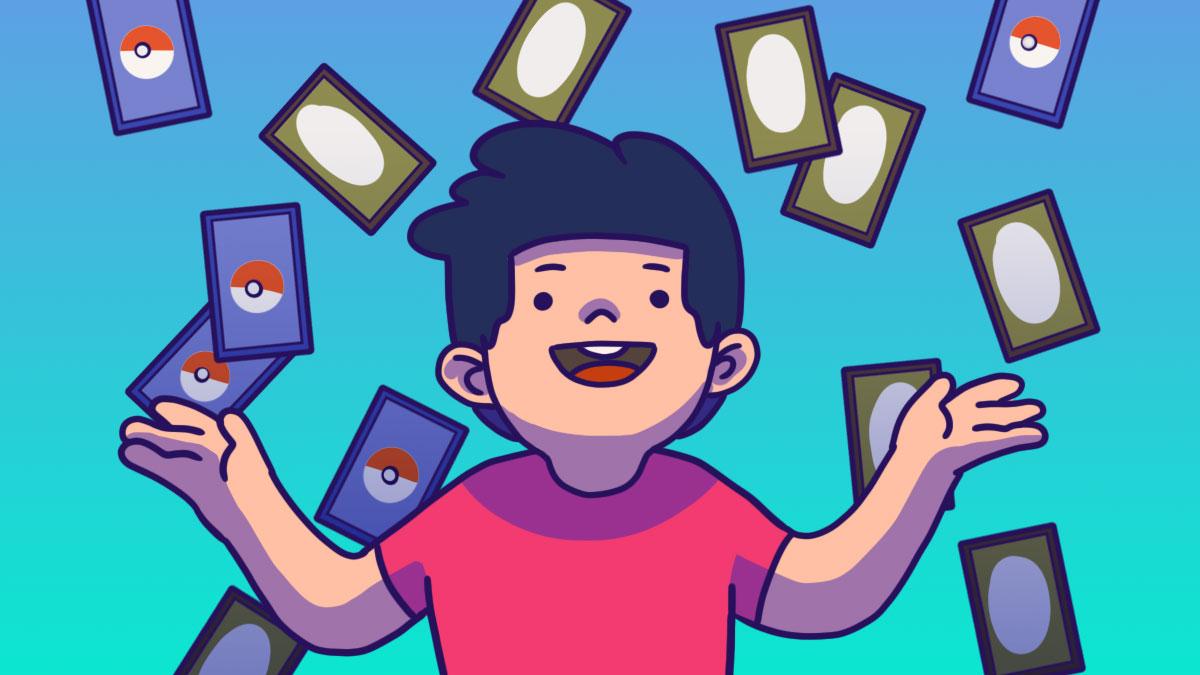
You Can Monetise Anything, Even Your Childhood
The Simple Sum
08 Oct 2020Share
It’s 1998 in Australia, and Pokemon has just made its debut as the latest TV show for kids. Luke was only eight when the craze hit. “Pokemon was huge with every kid in school — and pretty soon came the merchandise. Pokemon cards were a part of that.”“We just wanted them in a folder, put in order as quick as we got them,” he said. “There’s just something about flicking through pages in a folder and seeing them fully filled out. It was pretty fulfilling.”
Luke explained that Pokemon cards were always printed during different runs, and each set would only be regularly produced and made for a few months on end.
“Once the printing stops, the cards start to go up in value,” he said. “It’s because they aren’t as immediately available as before. With more time that passes, the value of the cards continues to rise — because they become harder to find.”“I think what creates this demand is that the people who grew up with Pokemon are starting to want to collect things from their childhood — especially now that we all have jobs,” Luke said. “As money becomes available to us, we want to buy things that remind us of growing up.”
This collecting craze is not just unique to Luke, who has since turned collecting into a business of its own. Max, a 30-something Singaporean, started off collecting Dragonball Z cards when he was about five to seven years old.
“It was just the thing to do as a kid in the neighbourhood,” he said. Kids would line up for a chance of getting a shiny character card (that also doubled as a sticker!) from gacha-type machines at mama shops, even though there was no playable element to owning these cards.“I started playing Magic when I was 13,” Alia, another local Magic enthusiast, told me. “I loved card games. It started with Pokemon before we went on to Magic. It was so metal; the art just grabs you. At the time, without the internet, you had to find someone who already knew how to play to teach you, so we went to comic shops and hobby shops to ask adults to teach us.”So, could anyone just start putting in capital to invest in Magic cards (or even Pokemon cards) to make a living, working the market the same way a typical investor would with stocks and shares?
“Hobby shops do,” Alia said, “but they don’t just carry Magic; often they also do other board or card games. As a private individual, I think it’s quite hard to earn a living. You’d have to sell a lot. Maybe if it was a side hustle where you make a few hundred dollars a month. I’m not sure it’s a sustainable form of investing, even if the rate of returns is pretty high.”“The value of these cards will only go up as they become less accessible. As they get older, they become more desirable. When availability drops, prices go up. There’s a lot of stuff you can invest in, and Pokemon cards are definitely one of them,” he said. “It’s a guarantee that if you buy a pack of Pokemon cards in a store tomorrow, in one year it will be three times the price, and in five years it will be six to ten times the price.”
He added, just for a little perspective: “A box of card packs from the early 2000s retailed around $180 and now sell regularly for $15,000.”
Alia, on the other hand, isn’t quite as enthusiastic about the prospect of trading and selling this way. He calls himself a player first, collector second.
“I’m always in two minds about it. On one hand, yeah, you can make money from this game — even enough to buy dining tables and chairs. But on the other hand, I always think back to when I was a poor kid with no money to buy Magic cards,” he reflected. “Look into hobby shops and you’ll only see old men like me. There are no kids because they’ve been priced out — from a children’s game.”The biggest appeal and rush was being able to find rare cards. Naturally, kids would start trading cards, adding another dimension to collecting Pokemon merchandise. For Luke and his friend, though, it wasn’t always about collecting cards to play them in decks.
Related Stories
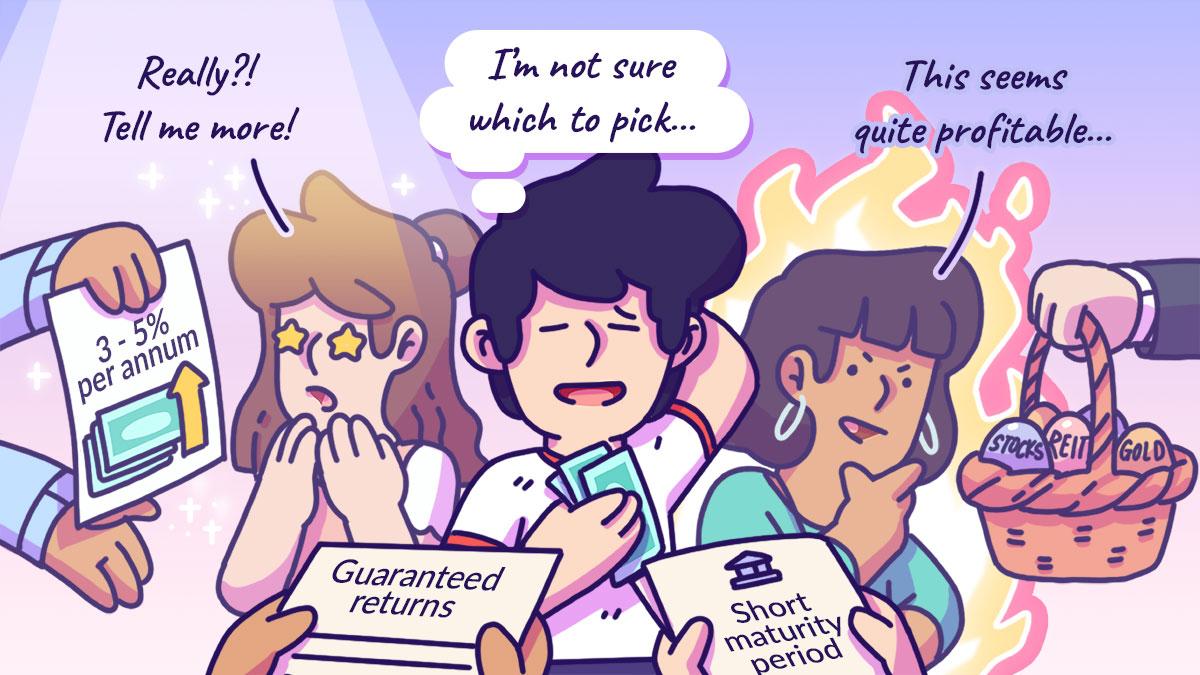
5 Places to Park Your Money In 2025
15 Jan 2025
0
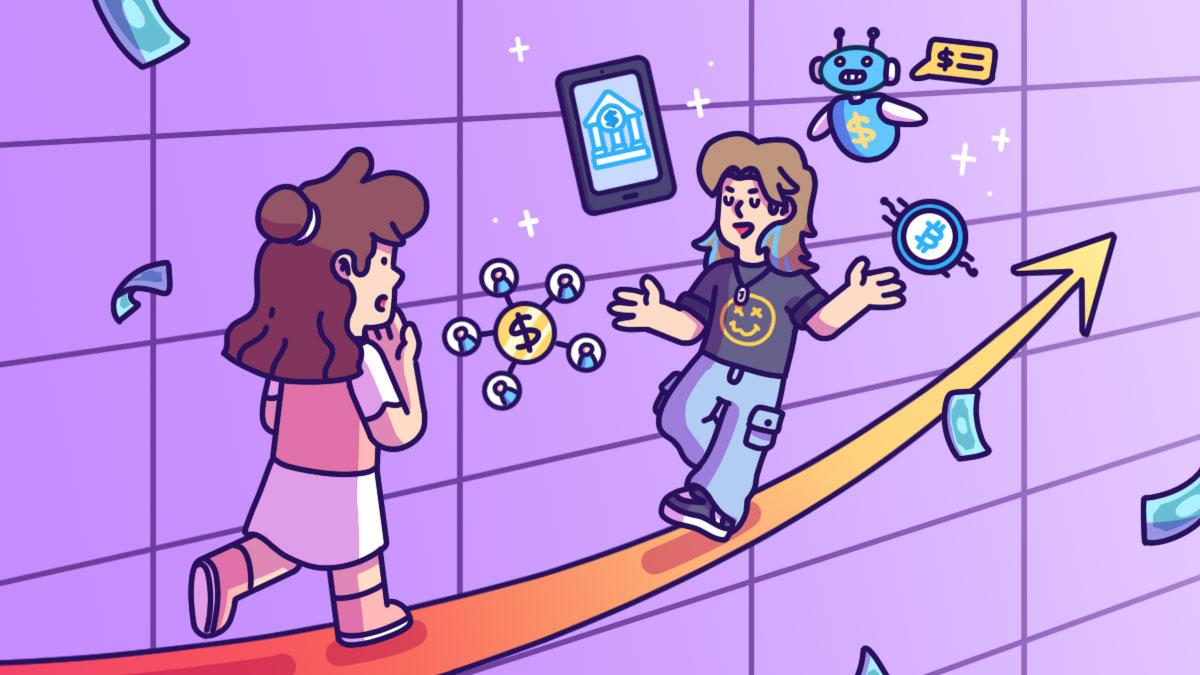
Digibanks, Robo-Advisors, Cryptocurrencies, Crowdfunding: 4 Investment Tools For Young Adults
04 Dec 2024
0

Optimise Your Finances With A Multicurrency Account
21 Oct 2024
0
You May Also Like
See All
How To Travel With Friends And Keep The Friendship Intact
21 Mar 2025
1304
0
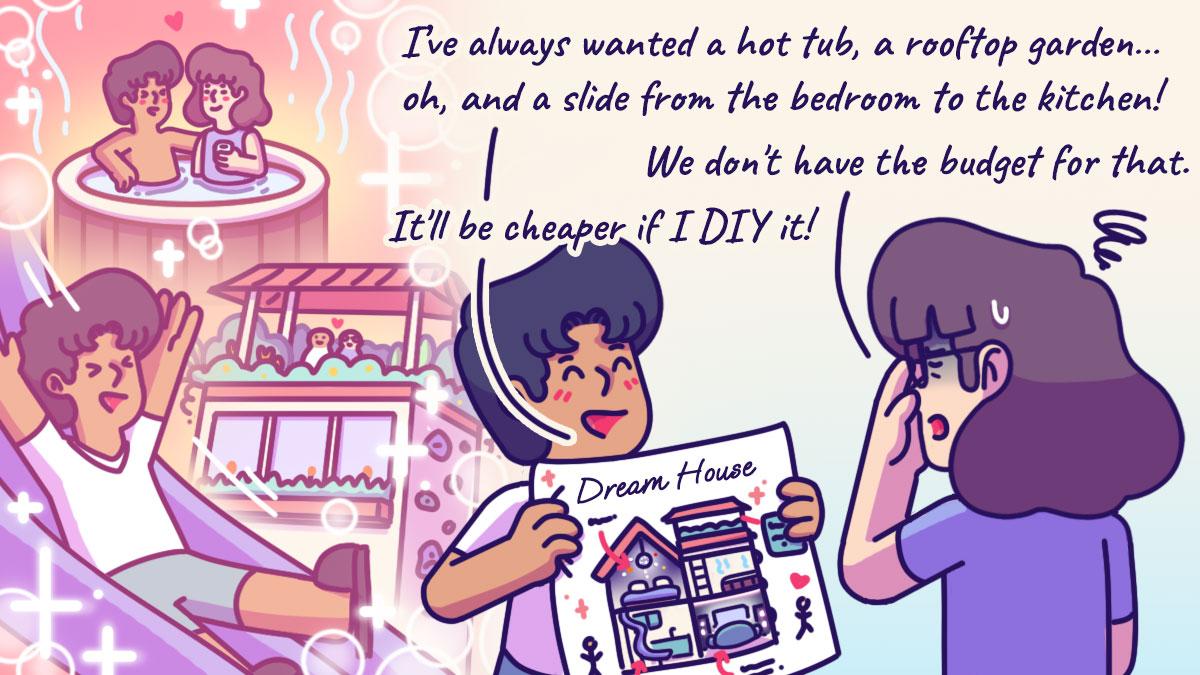
5 Renovation Mistakes That Can Cost You Big Time
20 Mar 2025
993
0

How To Decode Your Payslip And Ensure You Are Paid Correctly
19 Mar 2025
487
0

I Was Too Nice And Always Bought Shopping Favours For My Friends, But It Ended Up Costing Me
18 Mar 2025
812
0
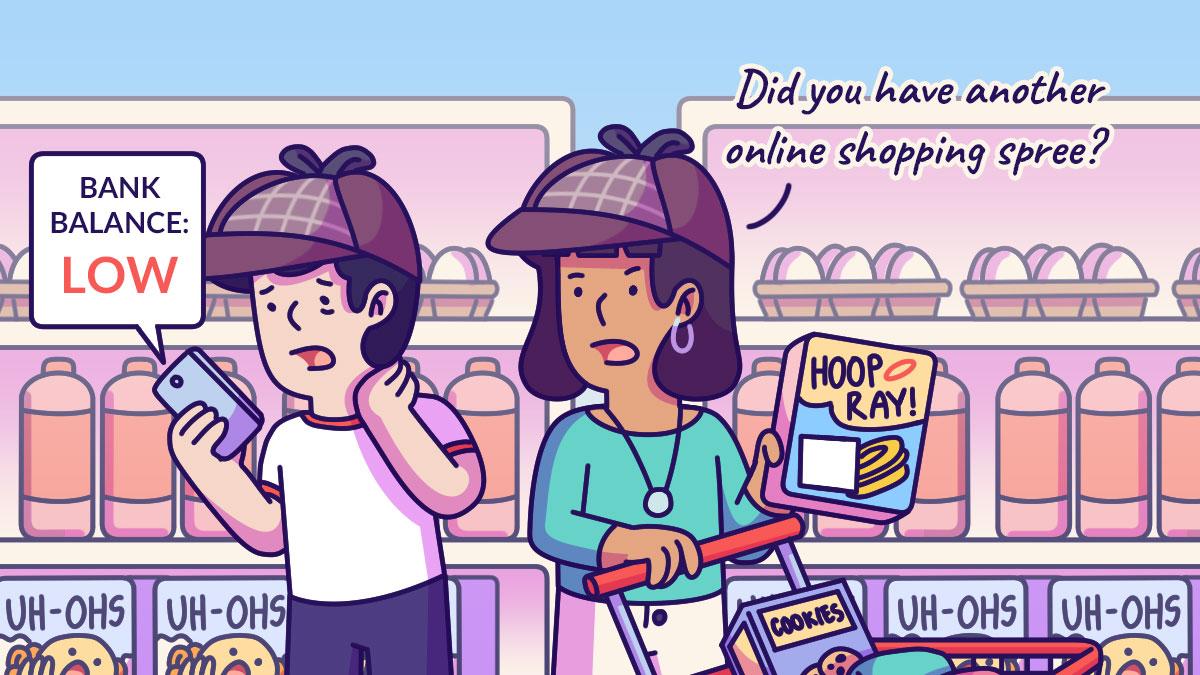
Living Paycheck To Paycheck? Here’s A Guide To Effectively Track Your Expenses
14 Mar 2025
1063
0
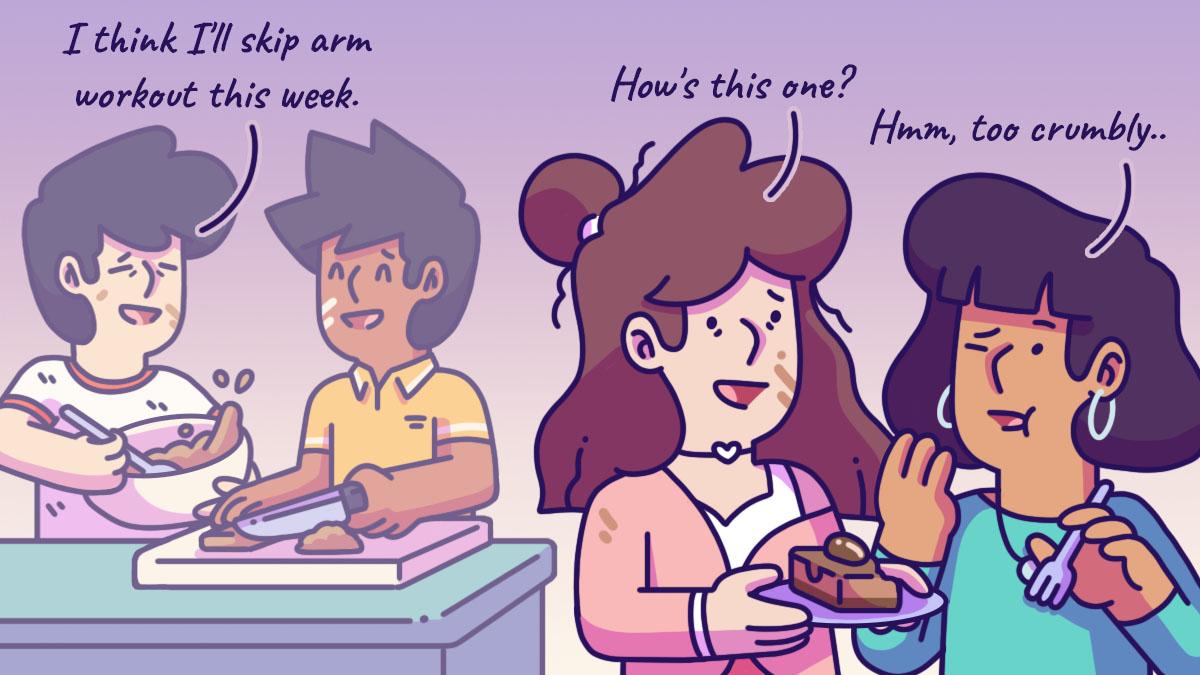
SG60: How A Group Of Friends Teamed Up To Sell ‘Awfully Chocolate’ Cakes
13 Mar 2025
493
0
© Copyright 2025 The Simple Sum. All Rights Reserved.

